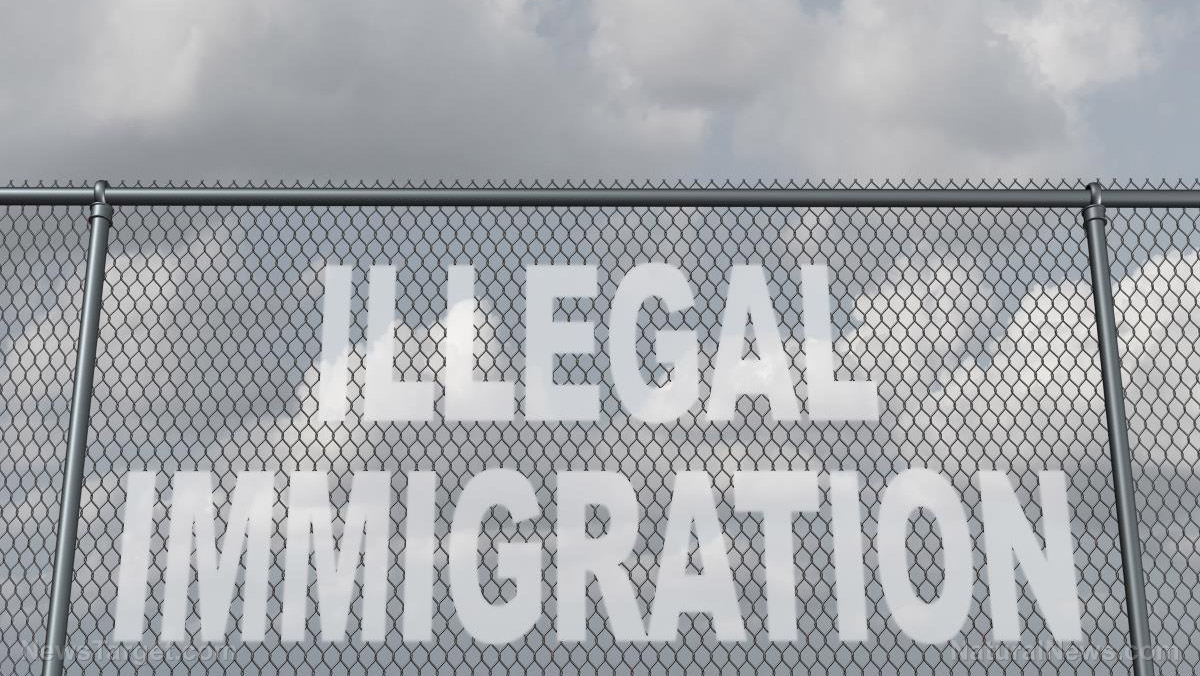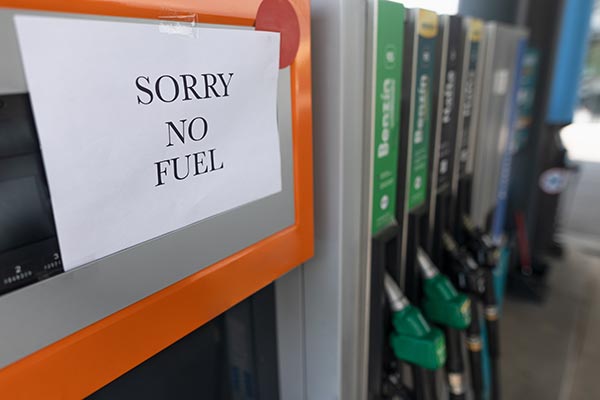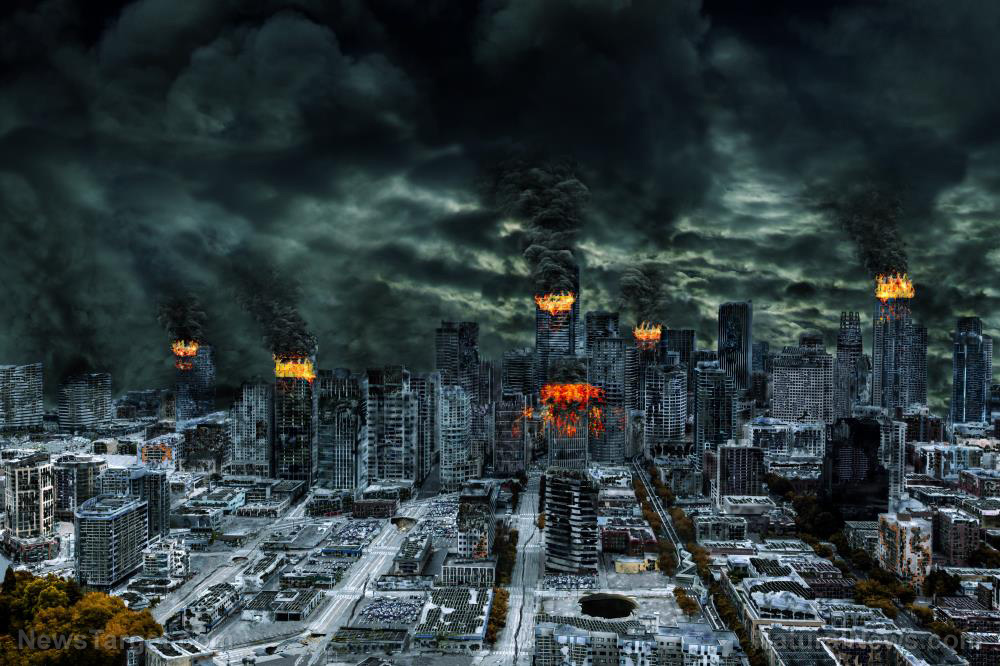NY Stock Exchange cancels early trades after glitch impacts 200+ stocks
01/26/2023 / By Belle Carter

The New York Stock Exchange (NYSE) canceled early trades Tuesday, Jan. 24, after a technical issue halted trading in more than 200 stocks.
According to the exchange’s website, it “commenced continuous trading in 2,824 of 3,421 NYSE-listed securities without attempting to conduct an opening auction due to a technical issue.” The snag was “determined to be a manual error involving the [NYSE’s] disaster recovery configuration at the system start of the day.”
Morgan Stanley, Verizon, AT&T, Nike and McDonald’s were among the affected companies. Many stocks were shown to have abnormally large moves when the market opened, which may have triggered volatility halts.
Many of the companies impacted by the glitch resumed trading before 9:45 a.m. ET, with all systems becoming operational about five minutes later.
NYSE officials later sent an email explaining the glitch. The system error meant affected companies’ shares opened with supply-demand imbalances at prices very far from where they closed on Monday, Jan. 23. The exchange said the trades made before an opening price was printed will be reviewed as “clearly erroneous” under their rules and could be declared null and void.
The NYSE is owned by Intercontinental Exchange, whose shares were down 2.2 percent on the same day the technical glitch occurred. Nasdaq, the other major U.S. stock exchange, did not appear to be impacted by the glitch.
Meanwhile, the Securities and Exchange Commission (SEC) said it was already reviewing the issue. (Related: Renowned investor Jeremy Grantham warns: Stock market SUPERBUBBLE will eventually burst.)
Exchanges are vulnerable to glitches
Like some other exchanges, NYSE has automatic halts in place for stocks that move dramatically in one direction or another. On a normal trading day, few, if any stocks are halted for volatility on the NYSE.
Back in May 2010, the Dow plunged during a “flash crash,” before dramatically rebounding.
“A report by U.S. regulators later said the huge swing was the result of high-frequency trading activity following a massive trade by a single market participant. That sparked a number of regulatory changes aimed at safeguarding the equity markets, including a “limit up-limit down” mechanism that prevents trades in individual stocks from swinging outside a specific price band,” said a report by CNN Business at the time.
But exchange officials can also halt trading when there is a technical problem. Last fall, a 40-minute outage across three stock exchanges – Toronto Stock Exchange, TSX Venture and Alpha markets – stalled equity trading in Canada, leaving some investors frustrated and others refusing to place orders even after it reopened. All three exchanges are owned by TMX Group Ltd., which stopped trading due to a connection problem that affected order entries.
Listen to the Health Ranger Mike Adams as he discusses the NYSE’s emergency shutdown, which proves the weakness of the U.S. financial infrastructure.
This video is from the Health Ranger Report channel on Brighteon.com.
More related stories:
Michael Burry from “The Big Short” says stock market will keep on FALLING.
Central banks are willing to destroy the global economy if it means saving the stock market.
The stock market, fatally wounded by the truth, will stumble and crash.
Sources include:
Submit a correction >>
Tagged Under:
Bubble, chaos, Collapse, computing, error, finance, Glitch, information technology, market crash, money supply, New York Stock Exchange, NYSE, panic, regulatory changes, risk, stock market, tech issues
This article may contain statements that reflect the opinion of the author
RECENT NEWS & ARTICLES
COPYRIGHT © 2017 CHAOS NEWS




















